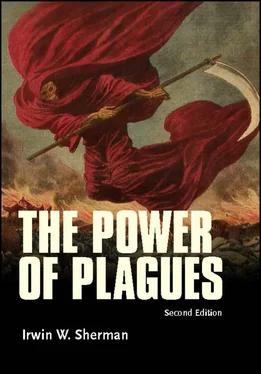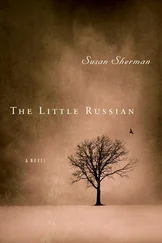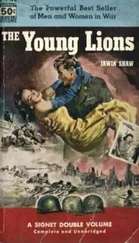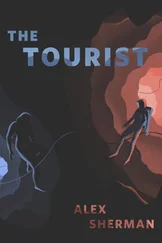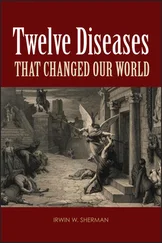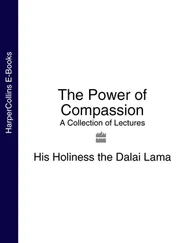At the end of the Pleistocene era (~11,000 years ago), the climate began to change: the glaciers had receded; the climate became milder and drier; and many large mammals had become extinct in Europe, Asia, and Africa. This led to a decline in the abundance of wild game, and hence the life of the hunter-gatherer became more precarious: to obtain the same amount of food as in the past would require the expenditure of greater amounts of time and energy. The reduction in the number and kind of game animals was coupled with a change in climate that favored plants with the potential for domestication, particularly the cereal grains. Now there were larger and larger areas with wild cereals, and these could be harvested with little difficulty, using stone and bone tools fashioned into sickles with flint blades. In addition to the technologies for harvesting cereals such as wild barley and wheat, the technologies needed for processing and storing these grains came into being. These technologies, which appear crude and simple by today’s standards, allowed for the first unconscious steps of plant domestication to take place. Tools included baskets to carry the grain from the field to the home base; mortars and pestles to remove the husks and to pulverize the grain; a technique of heating the grain to allow storage without sprouting; and the construction of underground storage pits, some of which were made waterproof by plastering. Coincident with farming, the density of the human population increased. It is not clear whether the rise in density of human populations led to the domestication of plants and animals or vice versa, but it is certainly true that with the availability of more and more calories it was possible to feed more and more people. Diamond, in his book Guns, Germs, and Steel , has observed that the adoption of food production is an autocatalytic process, a positive feedback, in which a gradual rise in population densities required that people obtain more food, and in turn those who took the steps to produce it were rewarded. Once “farming” began, people could become more and more sedentary—they settled down. In turn, birth spacing could be shortened, resulting in more births and larger families, who required still more food, and so on.
Farming populations became better nourished thanks to an increase in the availability of the number of edible calories per square mile, and eventually farmers replaced the nomadic groups of hunter-gatherers by converting them to engage in the practice of farming or by displacing them by the sheer force of greater numbers.
The life of nomadic hunter-gatherers was such that population levels were well below the maximum limit that would be imposed by their reproductive biology and the availability of food. What then limited their increase? The inability of the hunter-gatherer mother to carry more than a single child along with her normal baggage, coupled with her inability to nurse more than one child at a time, limited the practical interval between births to four years. It is likely that hunter-gatherers effectively spaced their children by means of lactation amenorrhea, sexual abstinence, infanticide, and spontaneous abortion. In contrast, once humans settled down, they were freed from the encumbrances imposed on the hunters and gatherers who had to carry their children around, so that now they could have as many children as they could bear and raise. Consequently, the birth interval for the “farmer” was reduced to two years. Agriculture also encouraged higher birth rates because additional children provided cheap labor. Further, farming had another advantage over hunting and gathering: more calories could be produced per unit land area and time expended. While 200 square miles could support 50 to 60 hunter-gatherers, more than 10,000 “farmers” could be supported on this same land area. The higher birth rate of the food producers, together with their ability to feed more people per square mile, allowed these “farmers” to achieve much higher population densities than those who were engaged in hunting and gathering.
Once agriculture and animal husbandry yielded a surplus of food that could be stored, there was a need for some members of the sedentary population to guard it. This was of course impractical for the nomadic hunter-gatherers since they would have to both hunt and gather and at the same time protect their bounty from others. But the availability of surplus stored food allowed members of the settled population to specialize: some became guards, and others were armed and served as soldiers who could group together to steal food from others. Perhaps this foreshadowed the origins of war. And when food production did not require every member of the settled community to directly work the land, then it became possible for some members of the group to engage in other activities. Once humans formed agriculturally based societies, those who chose to participate in such group activity may have been at a competitive advantage over those who did not. The latter likely became outcasts. Hence the agricultural revolution may have provided selective advantages to those who were in a controlled group, and superstition and organized religious practices were effective means for control by promoting group cohesion. It may be not be accidental that the first known and highly organized religions arose coincident with the agricultural revolution.
Some of the surplus food could be used to feed those “who provide religious justification for wars of conquest, artisans such as metalworkers who develop swords, guns and other technologies; and scribes, who preserve far more information than can be remembered accurately.” In time, political stratification would develop: heading the settled community would be the elite, consisting of hereditary chiefs (or kings) and bureaucrats. Under the appropriate circumstances these complex political units, which governed “the settled,” could also be mustered into formidable armies of conquest. Stored food and the land upon which it was grown became valuable resources that could be taxed, and surpluses could be traded for other goods; commerce and banking began to emerge. Thus, with larger populations family and inheritance schemes result, class structures with elaborate religious practices emerge, and writing is invented. Through agriculture and its prospect for increased food production, there was a population expansion that favored technological advances, as well as the development of cities (urbanization) and the rise of civilizations.
Another consequence of humans settling down was an increase in the amount of human disease. Agriculture by itself did not create new infections; it simply accentuated those that were already present or it converted an occasional event into a major health hazard. This was largely due to the fact that transmission of infectious agents becomes easier as individuals are crowded together; the practice of using human excrement (“night soil”) or animal feces (manure) as fertilizer allows for the transmission of infective stages; and finally, the closer association with domestic animals allows for their diseases to be transmitted to humans.
The Lethal Gifts of Agriculture
Permanent settlements developed independently in several parts of the world, including the Middle East, China, and the Americas. But those that have been best studied are found in the so-called Fertile Crescent, a region bounded by the Tigris and Euphrates Rivers and curving around the Mediterranean and the Nile Valley to include present-day Syria, Lebanon, Israel, Egypt, Turkey, Jordan, Iran, and Iraq. The oldest village known, just outside present-day Jericho in Israel, may have sprung up around a shrine used by roving bands of hunters and gatherers. By 10,500 years ago it had evolved into a small farming village. At first this settlement and others like it were simply collections of villages on the banks of natural streams, but soon they were able to spread out via networks of irrigation canals. The surplus of food and the practice of irrigation contributed to larger and larger concentrations of people, allowing some people to quit farming and to become full-time artisans, priests, or members of other professions. Meanwhile, the farmers who provided the food for these ever-enlarging villages continued to live on their outskirts. And 5,500 years ago the first undisputed city—a place where farmers do not live—Uruk in Mesopotamia (present-day Iraq), was established.
Читать дальше
